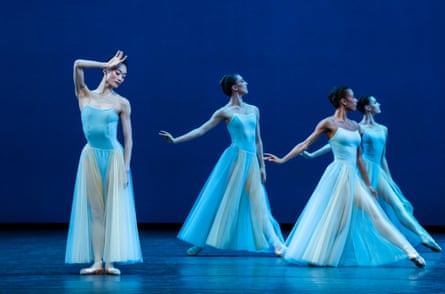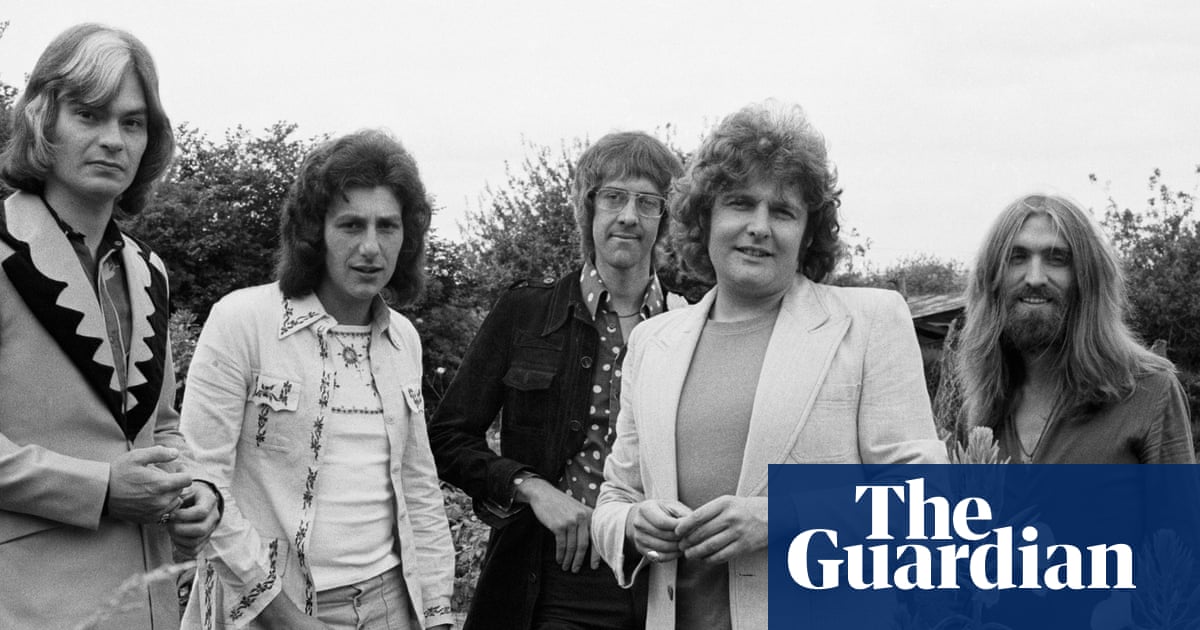When choreographer Cathy Marston was commissioned to make a new one-act work for the Royal Ballet, she intended to create something abstract, just dancing to music – admittedly not the usual style of the woman who brought us Jane Eyre, Hamlet, Atonement and other narratives – but in the end the music she chose wouldn’t let her do it. Benjamin Britten’s Violin Concerto was written from 1938-39, his backdrop; the beginnings of the second world war, Britten – a pacifist – moving to the US with his lover Peter Pears, and the death of the composer’s mother. All these things have found their way into Marston’s piece, Against the Tide, and all for the better.
William Bracewell plays the unnamed protagonist, his dancing instinctive as ever, the whorls of his mind played out in the twisting and untangling of his body. Here come military men, with rigid demeanour and clenched fists, and Matthew Ball with satin shirt and seduction; there is Bracewell torn between duty, beauty and freedom. You can feel his torment, it reads like one long dark night of the soul.

The partnering between Bracewell and Ball is beautifully done, endlessly inventive, their bodies on convoluted trajectories that might lead to a fish dive of sorts, or a tender moment nuzzling foreheads. Marston’s choreography is never predictable but always human. Melissa Hamilton appears as the spirit of Bracewell/Britten’s mother. The score brings heightened senses, the astringent sounds of rattled nerves, ominous brass. Chloe Lamford has designed a fantastic set, a grey slate bridge rising across the stage, heavy and hopeful at the same time.
The rest of the programme showcases two American choreographers who were/are very comfortable to just dancing to great music. George Balanchine built his career on it, and Justin Peck, the inheritor of Balanchine’s flame, is following suit. Both delight in the joy of pure dance, at speed, with intricate detail. In Peck’s piece, Everywhere We Go, the dancers repeatedly move on the “and”, ahead of the bar line, raring to go.
Peck is the pre-eminent US ballet choreographer of the 21st century, but surprisingly, this is the first time the Royal has performed his work, and they dance it well: preppy, perky, jaunty, tightly drilled, as Peck scrolls through different permutations of dancers to a busily orchestrated score by Sufjan Stevens. There are gorgeous interventions for the whole group, as when dancers leap en masse with arms sweeping the sky then fall to Earth, it’s like a giant happy sigh. Marianela Nuñez brings her magnanimity to a slow section, with the music pared back to emotive repetition; puckish Daichi Ikarashi flies through the fast bits with infectious delight.

Balanchine’s Serenade, from 1935, has one of the most arresting openings in ballet: the charged Tchaikovsky chords, the curtain raised on a stageful of women in long tulle skirts, hands raised to the sky. It begins like a ballet class, but it is both academic and escapist, at best the dancers diaphanous and vivacious – Leticia Dias captures it perfectly. It’s the epitome of Balanchine’s famous “ballet is woman” quote. Although since his death there’s been some reappraisal of Balanchine’s attitudes towards women, and it’s hard to watch the scene where three sylphs let down their long hair and surround lone man Ryoichi Hirano without imagining it as Balanchine’s after-hours fantasy. But there’s no denying it’s very beautiful.

.png) 3 hours ago
7
3 hours ago
7

















































